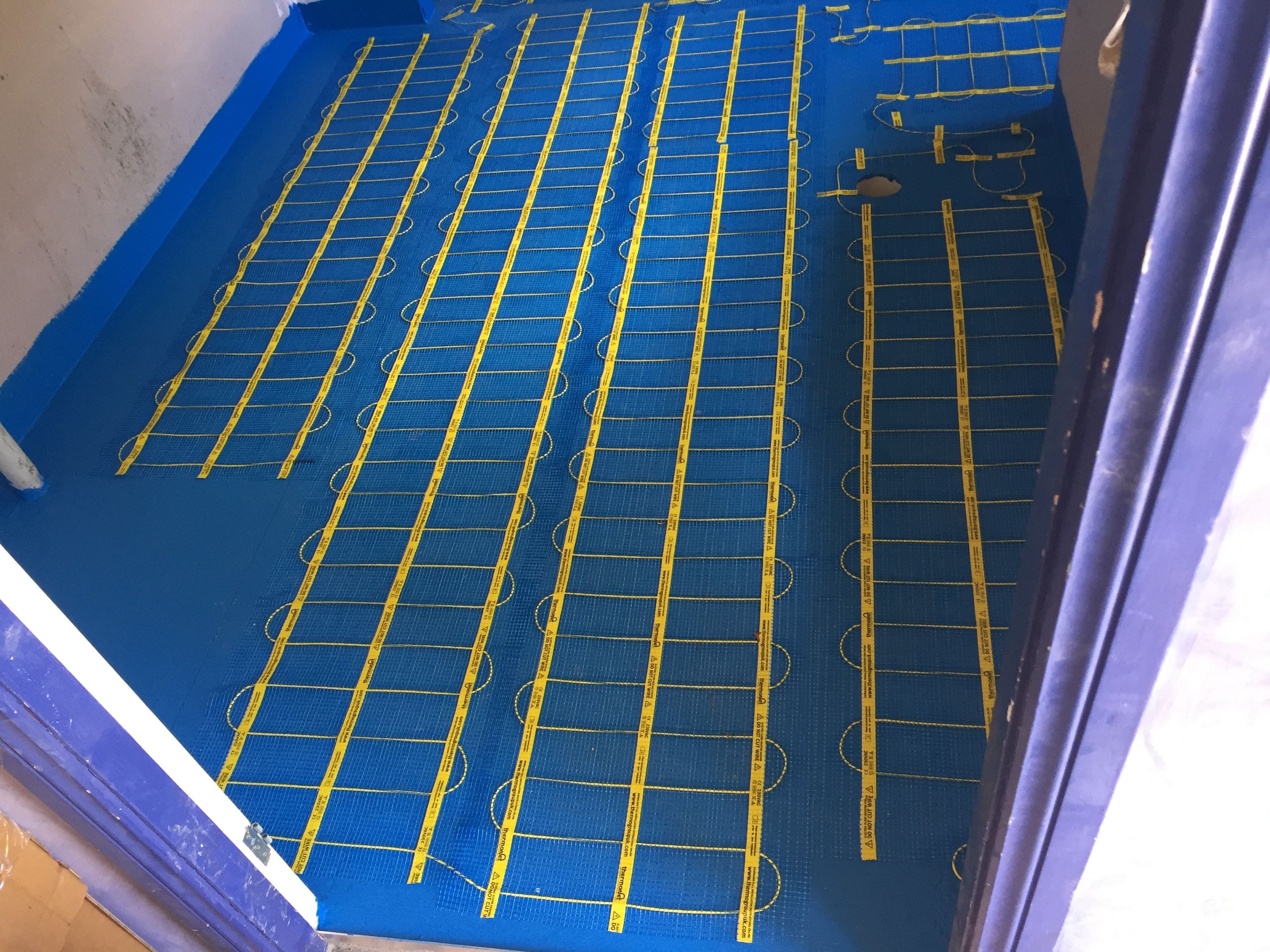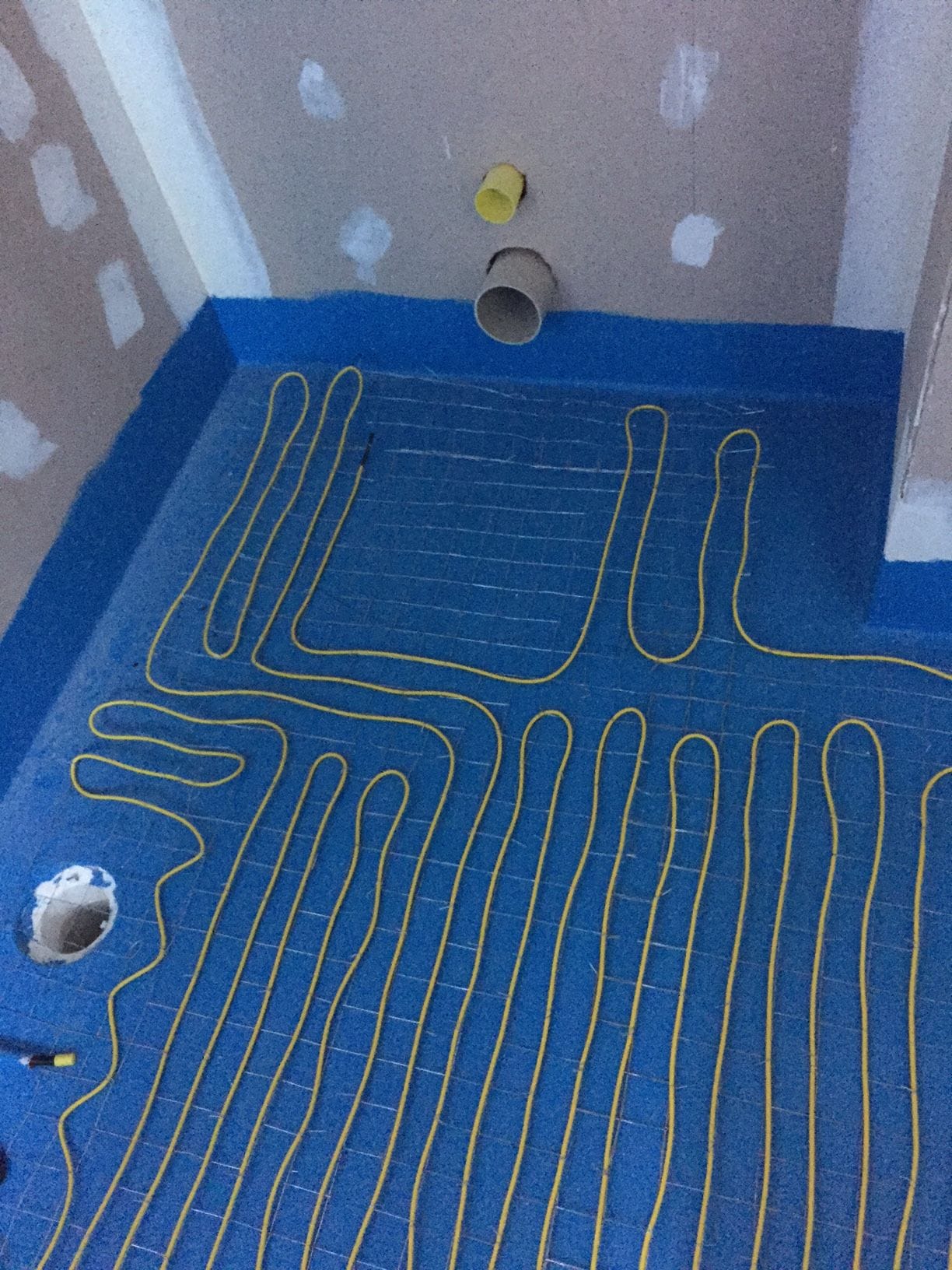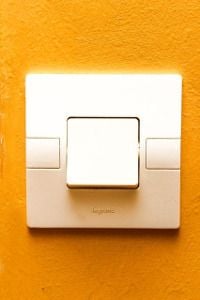Guidelines for Underfloor Heating
The following is not intended to be a comprehensive checklist, rather, a guide for some important considerations when choosing specific types of heating options for underfloor heating solutions.
Rules that apply to all heaters
No heater is to be run underneath an object/furniture with a flat base that sits on the floor as it will trap the heat and cause a hot joint. It is not advised to run them beneath vanities or similar even if they don't have a flat base.
Replacement of vanities, toilets and other bathroom fixtures are not covered by manufacturers warranty if the heaters are run beneath them
Cables/mats can't be overlapped! Controllers need to be adjacent to the mats as the thermostat probes cannot be lengthened.
Floor heating type: Mats - which are laid beneath tiled floors and in concrete slabs

-
Mats can't be shortened so they need to be the correct size or smaller than the room
-
Toilets, vanities, spa's etc their area needs to be subtracted from the floor size
-
Floor needs to be water proofed and spotless for the mat to stick to it
-
Mats work best above the scree. Placing them beneath the scree will make the heating inefficient and may not result in proper heating, not to mention, costly
-
Floors need to be marked as to where the vanity, toilet etc are being located before the mat can be laid
-
Conduit from the controller position to the floor coming out 1 inch into the scree (Groove in scree is required) with draw wires installed. This needs to be installed before walls and water proofing is installed
Floor heating type: Loose wire - used for tiled or concrete floors

-
These heaters go inside the scree
-
An amount of extra wire can be bunched at 50mm spacing rather than 100mm to use up extra length but this is labour intensive
-
Floors also need to be marked up so it is known where bathroom furniture will be located
-
Cable length should be as close to the correct size as possible to reduce labour
-
Mat is laid before the scree is laid.
-
Conduits from the controller position to the floor coming out 1 inch into the scree with draw wires. This needs to be installed before walls and water proofing are done.
-
Room needs to be clear of debris before laying
-
When measuring size of heater, subtract furnishings, drains etc from the size of the room
Floor heating type: Foil heaters - for wooden or carpeted floors etc
-
When laid on a wooden floor, a vapour lock seal is required to stop the wood from sweating and buckling
-
Mats can't be shortened so they need to be the correct size or smaller than the room
-
Foil mats need a gap of 150mm-200mm from the edge of the room so that the carpet layer can do their job. This needs to be considered when measuring up room sizes.
-
There are also insulating mats (stops heat being lost through the bottom of the floor), which can be considered depending on the floor type (concrete slab, wooden floor etc)
-
Rooms need to be clear of furniture and debris
-
Earthing continuity is important when laying these mats
-
Furniture needs to be marked out on the floor so that mat isn't laid where it will be damaged
-
Provisions must be in place to get the cold tails and temperature probe to the controller before the walls are patched etc.
Please note that the information above are broad guidelines only and no liability is under taken for anyone installing underfloor heating without proper qualifications. Each job must be reviewed with respect to its specific conditions.
For more information and the best solution for your underfloor heating needs, contact Simon Caddy Electrical or call 0400 11 00 81

)
)
)
)
